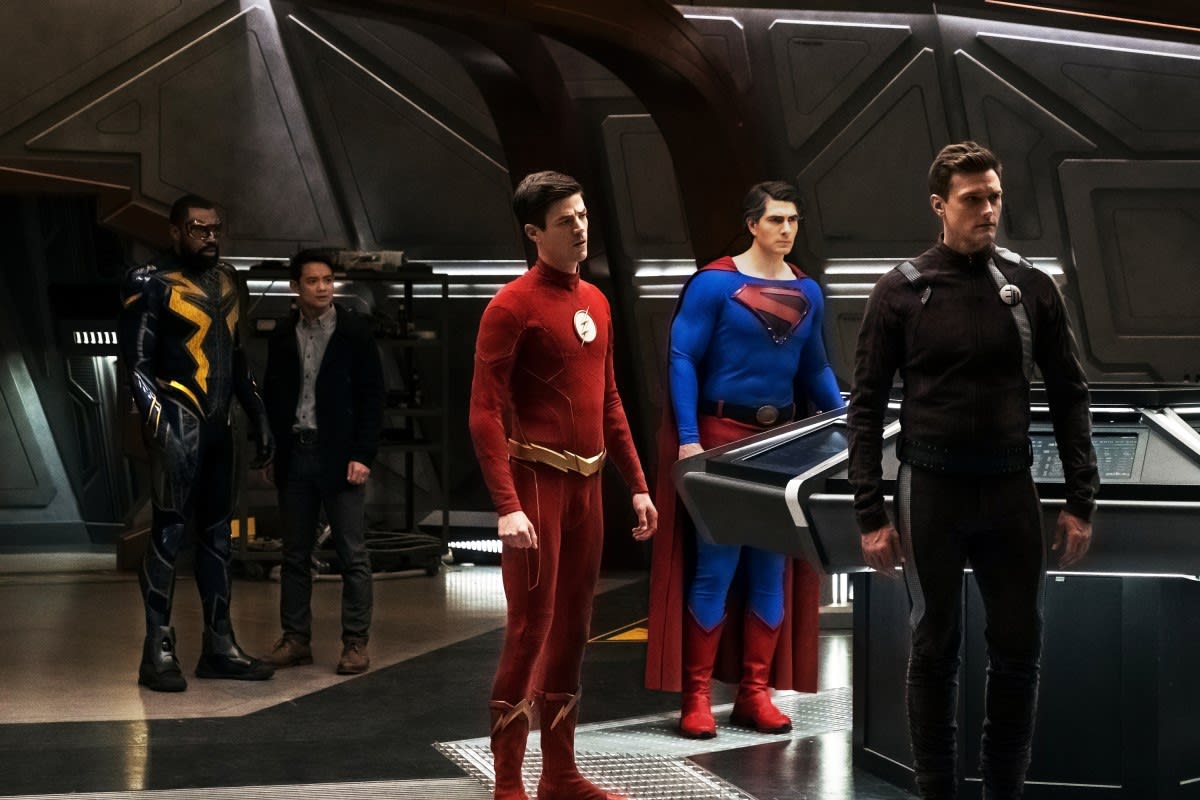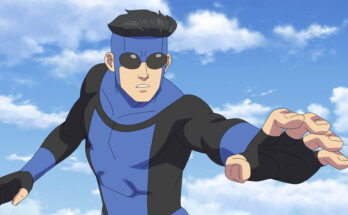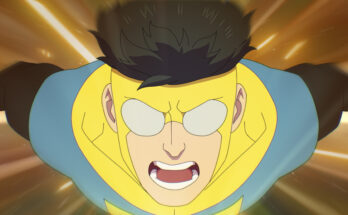Want to hear more from the actors and creators of your favorite shows and films? Subscribe to The Cinema Spot on YouTube for all of our upcoming interviews!
Managing editor & film and television critic with a Bachelor's of Arts in English Literature with a Writing Minor from the University of Guam. Currently in graduate school completing a Master's in English Literature.
Before the cinematic DC Extended Universe, there was the Arrowverse. This past week, the television series that started it all nears its end.
With Parts IV and V of the Crisis on Infinite Earths crossover have premiered, we at The Cinema Spot wanted to write a little piece on DC’s — yes, indeed — extended universe.
I collaborate with Cecilia López Closs and Mike Guimond for this special review. Before we go any further, I must add that spoilers are ahead. Read at your own risk!
The Crisis on Infinite Earths crossover takes comic book characters from many Earths and has them join forces to defeat a common enemy — The Antimonitor. In this live-action television adaptation, DC takes not just its television characters, but those from past films and television series, even before the Arrowverse and DCEU.
Aside from Supergirl, Batwoman, The Flash, Legends of Tomorrow, Arrow, and Black Lightning, we also get special appearances by characters from Batman (late-1960s), The Flash (1990-91), Smallville, Superman Returns, Batman: The Animated Series, Lucifer, Batman V Superman: Dawn of Justice, and the DC Universe’s Titans, Doom Patrol, and Swamp Thing.
Cecilia says:
I really love how [the crossover] managed to include all these stories we loved so much and managed to do it respectfully. I was excited and terrified about having that Smallville scene because part of me was dreading they would ruin the story. Honestly it felt like a tribute, in a way, to all these shows that came before the Arrowverse and sort of paved the way for this.
You would think that for television, this could not be pulled off, but they really did a number on this. The CW’s Crisis is its own version of what the comic book storyline is, and yet in some ways, it does magnificently where other franchises seem to fail.
In the comics, the Flash and Supergirl are killed but this doesn’t happen on television. Grant Gustin’s Barry Allen had been preparing for his death but his life was spared when Oliver Queen sacrificed himself for the good of the universe. Oliver’s death felt like a fitting ending. While we’ve yet to see how the final two episodes of Arrow will end the show, the final act of Crisis provided closure to his overall story arc. In the end, the Earths of the Arrowverse’s television characters combine into one Earth-Prime, but that isn’t the best part.
Cecilia adds:
Emotionally, it was extremely satisfying, storywise there were some stuff that I didn’t like much but … I get this is part of [these characters’] story and they need it to further develop these characters.
The first two installments of the crossover felt slow, but it started to pick up during the middle installment as it progressed into Parts 4 and 5. According to Mike:
The [crossover’s] first three hours were weak. The last two did incredibly well.
The writing — especially its dialogue — is awkward from time to time but in other cases feels necessary. The fact that this crossover had to have a small hiatus in the middle was vexing, but it’s reasonable why this would be. Consider matters such as post-production and the like. It’s a pretty risky move especially since we ourselves live in a world where spoilers spread around with ease. With a television, budget comes some awkward CG work, but you can tell DC has done its best to appeal to its fans. I mean, look at how successful Ezra Miller’s great cameo as Barry Allen was, and not one of us had known about it!
Overall, comic book fans are amazed at what the Arrowverse has achieved thus far. Cecilia says that although it does have its flaws, it did create something truly remarkable. Crisis on Infinite Earths had small nods to its 1985-86 storyline, including the Earth-90 Flash’s death and his running on the treadmill. It even had a Marv Wolfman cameo! While closing off Oliver Queen’s story as the Green Arrow, the final scene pays tribute to the character and opens an opportunity for more crossovers. The hangar that STAR Labs formerly used for work has been converted into a headquarters for this Earth’s heroes to gather, and we get a little tease at the Wonder Twins by showing an open cage of a character named Gleek and the voice of a monkey.
What do you think? Have you seen this colossal crossover? Will you be seeing the future of the Arrowverse? Let us know! For more comic book-related news and reviews follow The Cinema Spot on Twitter (@TheCinemaSpot) and Instagram (@thecinemaspot_).
Managing editor & film and television critic with a Bachelor's of Arts in English Literature with a Writing Minor from the University of Guam. Currently in graduate school completing a Master's in English Literature.












12 Comments on “The CW’s ‘Crisis On Infinite Earths’ – A Special Review On The Arrowverse”